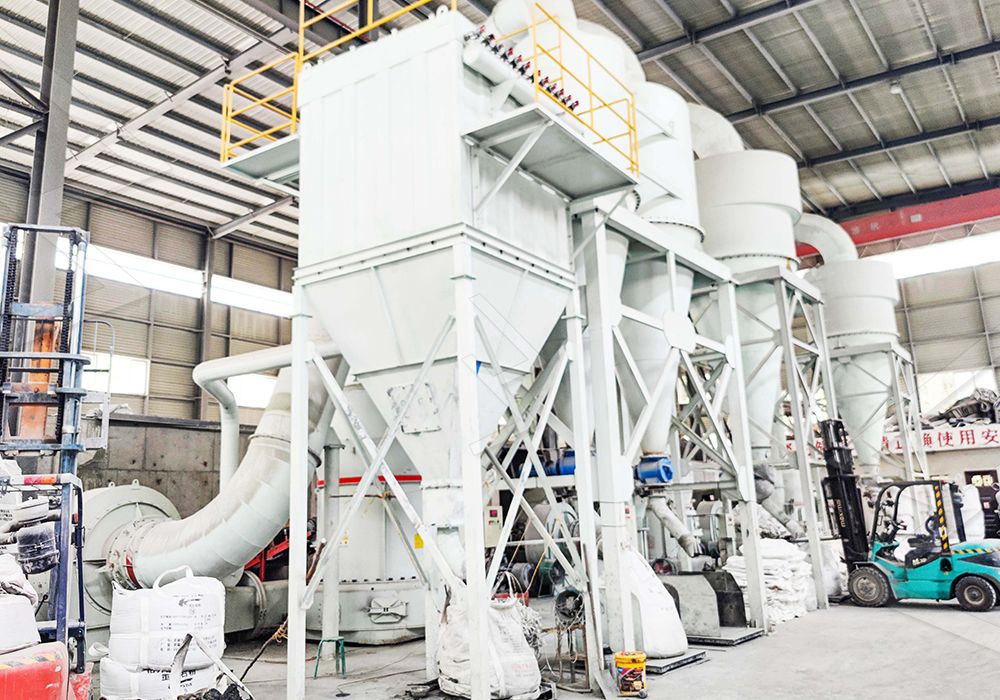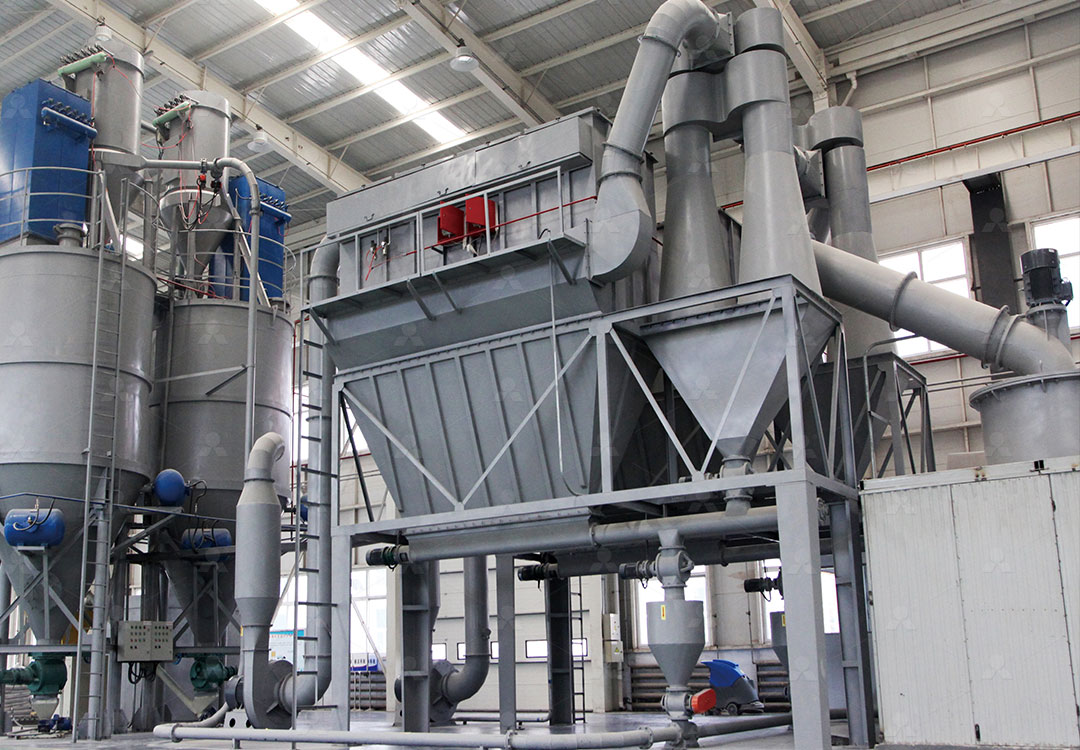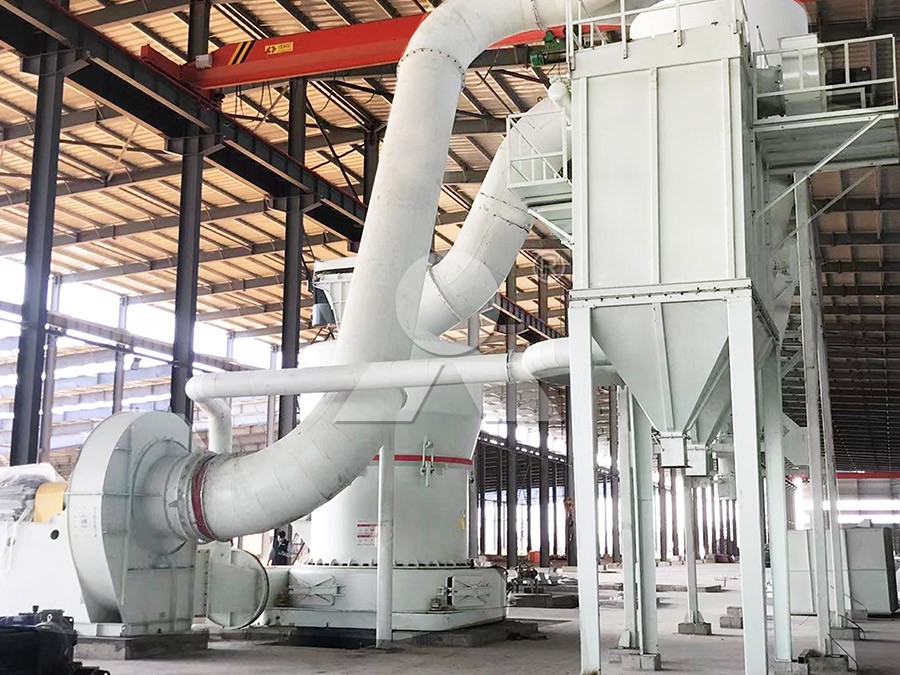Key Limestone Mining Equipment: Industrial Grinding Mills Explained
Key Limestone Mining Equipment: Industrial Grinding Mills Explained
In the world of industrial mineral processing, particularly in limestone mining, the choice of grinding equipment is paramount to operational efficiency, product quality, and overall profitability. Limestone, a fundamental raw material for construction, agriculture, and numerous chemical processes, requires precise size reduction to unlock its full value. This article delves into the critical role of industrial grinding mills, explaining their function and highlighting some of the most advanced solutions available today.
The Heart of the Operation: Why Grinding Mills Matter
After extraction and primary crushing, limestone must be ground into a fine powder to be useful in its various applications. This is where industrial grinding mills come in. These are not simple machines; they are complex systems engineered to apply immense mechanical forces to reduce particle size while managing heat, dust, and energy consumption. The goal is to achieve a specific fineness (often measured in meshes or microns) consistently and efficiently. The wrong mill can lead to excessive energy costs, premature wear on parts, inconsistent product quality, and significant downtime for maintenance.

Types of Grinding Mills for Limestone
Several types of mills are employed across the industry, each with its own advantages. Traditional options like Ball Mills and Raymond Mills have been workhorses for decades. However, technological advancements have ushered in a new era of vertical roller mills and ultrafine grinding systems that offer superior efficiency, finer control over product size, and significantly lower operating costs.
Modern mills are designed with a focus on sustainability, incorporating advanced dust collection systems to protect the environment and the health of workers, and noise reduction technology to comply with stringent regulations.
Spotlight on Advanced Technology: The MW Series Ultrafine Grinding Mill
For operations requiring ultra-fine limestone powder (325-2500 meshes), conventional mills often fall short. This is where cutting-edge technology like our MW Ultrafine Grinding Mill truly shines. This machine is a game-changer for customers who need to produce high-value, ultra-fine powder from limestone and other non-metallic minerals.

The MW Mill is engineered for peak performance. It boasts a 40% higher production capacity than jet mills or stirred grinding mills at the same power and fineness, effectively doubling the output of a traditional ball mill. Perhaps more impressively, it achieves this with a 30% reduction in system energy consumption. Its German-designed cage-type powder selector allows for precise fineness adjustment between 325 and 2500 meshes, ensuring you get exactly the product specification you need.
A key maintenance advantage is its innovative chamber design, which eliminates rolling bearings and screws inside the grinding zone. This removes the common failure points of bearing damage or loose screws causing catastrophic breakdowns. Furthermore, its external lubrication system allows for maintenance without shutdown, supporting continuous 24/7 production—a critical factor for mining profitability.
Another Stellar Option: The LUM Ultrafine Vertical Grinding Mill
Another top-tier solution in our lineup for fine limestone powder is the LUM Ultrafine Vertical Grinding Mill. Integrating the latest Taiwanese roller technology and German powder separating technology, the LUM mill is a masterpiece of efficiency and precision. It features a unique grinding curve on the roller shell and lining plate that promotes easier material layer formation and enables a high rate of finished product in a single pass.
Its multi-head powder separating technology, controlled by a sophisticated PLC system, allows for incredibly accurate control over the final product’s size distribution. Operators can finely tune grinding pressure and roller speed, resulting in energy savings of 30-50% compared to ordinary mills. For operations prioritizing product whiteness and cleanliness, the LUM’s design minimizes iron contamination and repeated grinding, ensuring a superior final product.

Conclusion: Investing in the Right Technology
Selecting the appropriate grinding mill is one of the most crucial decisions for a limestone mining operation. It directly impacts capex, opex, product quality, and environmental compliance. While older mill technologies remain in service, the clear trend is toward adopting more efficient, intelligent, and reliable vertical and ultrafine grinding systems.
Technologies like our MW Ultrafine Grinding Mill and LUM Ultrafine Vertical Grinding Mill represent the future of mineral processing—delivering higher yields, exceptional product quality, and remarkable energy savings. By investing in such advanced equipment, mining companies can secure a significant competitive advantage, ensuring their operations are not only profitable but also sustainable for the long term.
